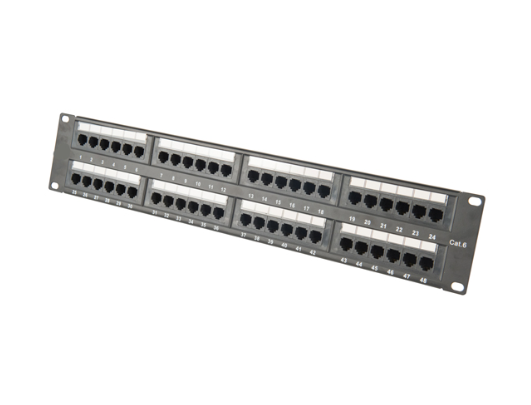News
Site Editor
 Site
https://leonetworkgroup.usa18.wondercdn.com/uploads/image/5fe152faa587d.png
BNC cables are commonly used in various communication and testing applications. To ensure their proper functionality, it is essential to test their continuity, impedance, and signal quality. One of the most effective ways to test a BNC cable is by using a multimeter. Here are the steps to test a BNC cable using a multimeter:Step 1: Set the multimeter to the continuity modeMost digital multimeters
Site
https://leonetworkgroup.usa18.wondercdn.com/uploads/image/5fe152faa587d.png
BNC cables are commonly used in various communication and testing applications. To ensure their proper functionality, it is essential to test their continuity, impedance, and signal quality. One of the most effective ways to test a BNC cable is by using a multimeter. Here are the steps to test a BNC cable using a multimeter:Step 1: Set the multimeter to the continuity modeMost digital multimeters
How To Test Bnc Cable With Multimeter
Views: 5609
Author: Site Editor
Publish Time: 2023-07-13
Origin: Site
BNC cables are commonly used in various communication and testing applications. To ensure their proper functionality, it is essential to test their continuity, impedance, and signal quality. One of the most effective ways to test a BNC cable is by using a multimeter.
Here are the steps to test a BNC cable using a multimeter:
Step 1: Set the multimeter to the continuity mode
Most digital multimeters have a continuity mode, which is the preferred mode for testing BNC cables. The continuity mode measures the resistance between two points and alerts the user if there is a complete path between them. To access continuity mode, turn on the multimeter and turn the dial to the continuity setting.
Step 2: Identify the two ends of the BNC cable to be tested
BNC cables have two ends, a male connector, and a female connector. You need to identify which end of the cable you will be testing. If you need to test both ends of the cable, repeat the steps for each end one at a time.
Step 3: Test the continuity between the center pins of the BNC connector
Insert one of the BNC connectors of the cable into the multimeter's positive probe and the other end into the negative probe. Touch the positive probe to the center pin of the BNC connector and the negative probe to the outer sleeve. If the continuity mode light on the multimeter illuminates, the cable is intact, and current flows through it without any breaks or interruptions.
Step 4: Test the continuity between the outer sleeves of the BNC connector
Now, reverse the probes. Touch the negative probe to the center pin of the connector and the positive probe to the outer sleeve. If the continuity mode light illuminates, the cable is intact, and current flows through it without any breaks or interruptions.
Step 5: Test the impedance of the BNC cable
Next, set the multimeter to the ohms mode. Touch one probe to the center pin of one BNC connector and touch the other probe to the center pin of the other BNC connector. Record the resistance reading on the multimeter. If the reading matches the cable's specified impedance rating, the cable is correctly wired.
Step 6: Test the signal quality of the BNC cable
Finally, connect a signal to one end of the cable and a device designed to receive the signal to the other end of the cable. Check for any distortions or disruptions in the signal quality. If the signal is clear and consistent, the BNC cable is working correctly.
In conclusion, BNC cables are essential components in various communication and testing applications. Testing these cables with a multimeter ensures their proper functionality and prevents any communication or signal issues. By following the above steps, you can test BNC cables effectively and with ease.
If you want to know more about industrial network cabinet,china fiber optic splice closure,china fiber optic distribution box,please consult the fiber optic splice closure factory









